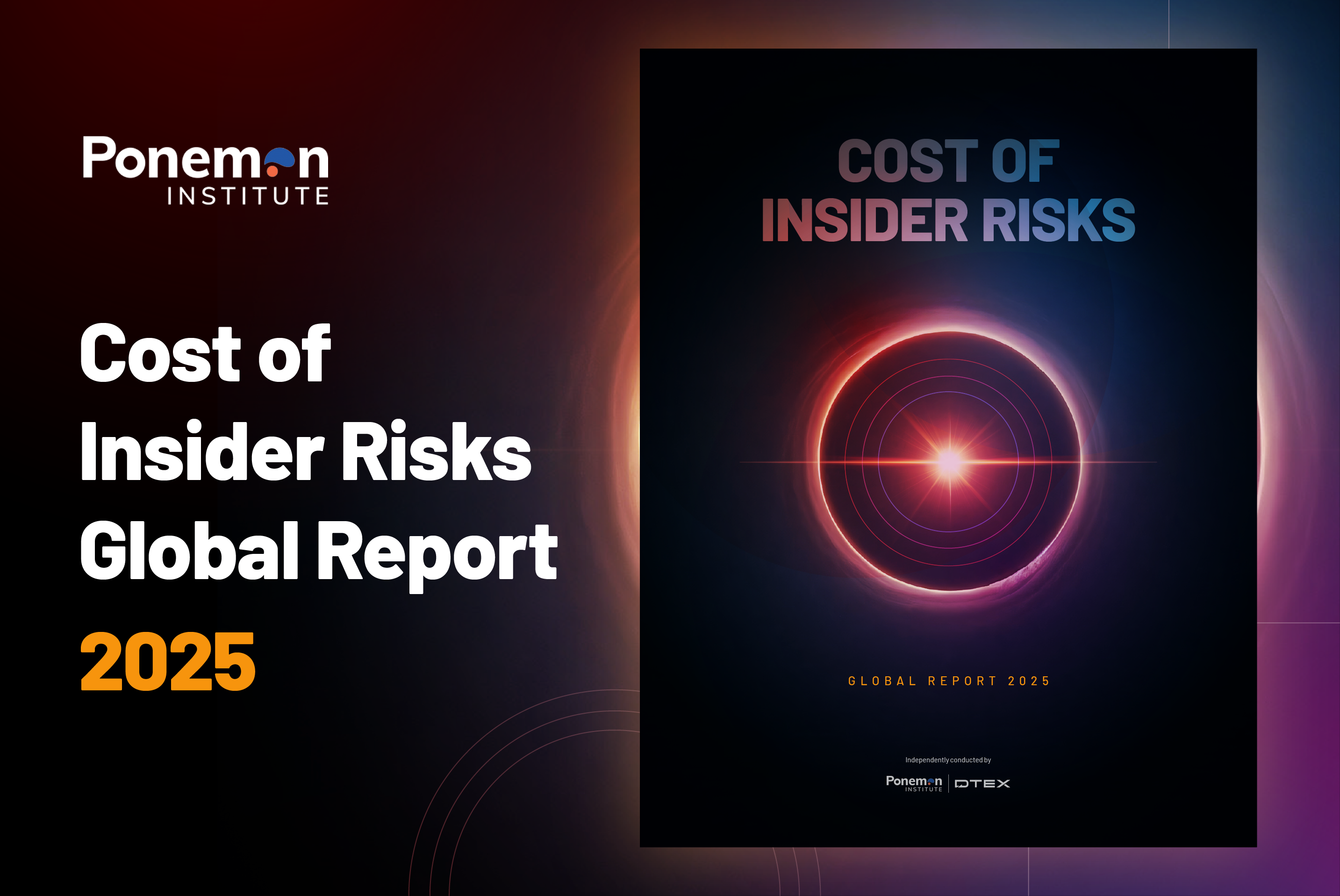Businesses today operate in complex digital ecosystems. Beyond employees, there are countless others with varying degrees of access to corporate networks — vendors, partners, suppliers, and contractors. While this extended workforce drives efficiency and innovation, it also introduces a lesser-discussed but increasingly dangerous exposure: third-party insider risk.
You may not get to choose whether your organization is targeted. What we can do is educate ourselves on how even those who we see as being “on the outside,” through their third-party access can act as insiders and put businesses at a security risk.
What is third-party insider risk?
Third-party insider risk refers to the security threats posed by external individuals or entities who, by virtue of their trusted access or relationship with an organization, can cause harm to the organization — intentionally or accidentally. These may include:
- Contractors and subcontractors
- IT service providers
- Cloud or software vendors
- Supply chain partners
- Outsourced HR, legal, or finance teams
Despite not being formal employees, these individuals often have privileged access to sensitive systems, intellectual property, and data. That access turns them into de facto insiders and brings them squarely into scope for any effective insider risk management program.
Insiders aren’t always employees
Knowing what constitutes insider risk is half the battle when it comes to ensuring business security and resilience. Too often “insider risk” or “insider threat” is misunderstood as being limited to an organization’s workforce – their employees or contractors. But insiders can have a third-party nexus that goes beyond your typical external agency. Consider your contractor’s subcontractors. If they are performing tasks that are integral to your success, they too are insiders for the purposes of the insider risk management discussion. Many vendors provide companies with devices, appliances, knowledge, and services. And while they may not always be front of mind when considering insider risk, their capacity to become a security threat should not be overlooked.
From nation state to shadow AI: Third-party insider risk is real
Several real-world examples illustrate the growing scope of this threat:
- DPRK IT workers: North Korean operatives posing as freelance developers have infiltrated Western companies, using falsified identities to gain employment. Once inside, they access source code, proprietary data, and corporate credentials — often funneling this information back to the DPRK to support state-sponsored cyber programs. Despite appearing as everyday contractors, these actors function as strategic insider threats.
- Shadow AI deployments: When enterprises adopt AI models from public repositories without proper vetting, they risk introducing malicious code. In early 2024, attackers uploaded malicious AI models to Hugging Face, disguised as legitimate open-source assets. Developers, trusting synthetic signals of legitimacy, integrated these models into enterprise environments, unwittingly introducing persistent threats that exfiltrated sensitive data. This type of third-party compromise, enabled by generative AI tools and unchecked integrations, demonstrates how AI can function as a vector for insider risk.
- Service provider abuse: When third-party roles come with deep, trusted access, they can blur the line between outsider and insider — especially if accountability is lacking. A COO of a cybersecurity company once helped attackers access hospital data via his employer’s services. He wasn’t an employee of the hospitals, but he had the access — and trust — of one. His actions, while external on paper, had all the impact of a malicious insider.
What these cases share is a common oversight: the assumption that only internal employees pose insider threats. As businesses become more dependent on external collaborators and AI-driven tools, insider risk management must include third-party actors — human and machine alike.
Why insider risk management must expand beyond employees
Insider risk management programs typically monitor internal users but rarely extend the same rigor to external collaborators. This leaves blind spots that adversaries are increasingly exploiting.
Threat actors know that vendors and contractors often have broad access with minimal oversight. They actively target these third parties to gain entry into larger, more secure organizations. This “island hopping” approach allows attackers to bypass strong perimeter defenses by exploiting weak links in the supply chain.
Even well-intentioned users can cause damage:
- Misconfiguring cloud services
- Handling sensitive data improperly
- Engaging in shadow IT practices
Without real-time monitoring and full behavioral context, organizations struggle to detect third-party misuse until it’s too late. Traditional controls are reactive — identifying issues only after exfiltration or sabotage has occurred. That’s no longer sufficient. The challenge is protecting systems and data without slowing down the business.
From “bean to code”: Lessons from supply chain visibility
Just as companies like Starbucks trace their coffee from “bean to cup,” security leaders must trace their digital supply chain from “code to production.”
This isn’t just about auditing. It’s about understanding:
- Who authored or approved a change
- Which vendors contributed components
- Whether third-party users followed secure development or deployment practices
Software Bills of Materials (SBOMs), secure development frameworks, and supply chain verification processes are now mission critical. They help ensure third-party contributions don’t introduce unseen vulnerabilities or open persistent backdoors.
For sectors like energy, healthcare, and defense — where external missteps can lead to cascading failures or compliance violations — these protections are non-negotiable.
Challenges with managing third-party access
Despite awareness, most organizations still struggle with execution. Core challenges include:
- Overly broad access: Vendors are often granted excessive privileges, sometimes beyond what’s necessary.
- Lack of real-time visibility: Most organizations can’t monitor third-party sessions or track behavior contextually.
- Synthetic trust signals: GenAI-generated content and open-source models may appear trustworthy but carry hidden risks.
- Shadow IT and AI: Employees may misuse AI tools or LLMs without approval, introducing rogue models and third-party code with no oversight.
- Delayed detection: By the time anomalous behavior is identified, damage is often already done.
These gaps make it difficult to detect insider threats, especially those originating from outside the organization.
Actionable steps for managing third-party insider risk
Addressing third-party risk doesn’t mean slowing down operations. It means enabling trusted collaboration with verification and visibility.
Here’s how to get started:
1. Inventory all external access
- Map every third party with access to systems, data, and infrastructure.
- Include subcontractors, remote IT workers, and shadow AI tools.
2. Apply least-privilege principles
- Restrict access to only what’s necessary, for only as long as needed.
- Implement just-in-time and conditional access controls.
3. Monitor behavior in real time
- Use telemetry to detect anomalous behavior from third-party accounts.
- Baseline access patterns and flag deviations proactively.
4. Strengthen contracts with security requirements
- Include clauses for SBOMs, secure development standards, and AI governance.
- Ensure breach notification timelines and auditability.
5. Implement zero trust for third parties
- Treat all access as potentially untrusted until proven otherwise.
- Enforce identity verification, MFA, and continuous authentication.
6. Audit shadow AI and open-source integrations
- Conduct regular reviews of AI usage, especially LLMs and open-source models.
- Validate AI tools before deployment and monitor for abnormal behavior.
7. Integrate insider risk management into procurement and onboarding
- Align insider risk management with procurement, legal, and IT.
- Assess third-party risk at the contract stage—not after access is granted.
Final thoughts
Third-party insider risk isn’t hypothetical. It’s already here, disguised as a subcontractor, a misconfigured SaaS app, a DPRK developer, or a seemingly legitimate AI model.
The best insider risk management programs go beyond identity and credentials. They look at behavior, intent, and supply chain complexity — whether internal or external, human or machine.
Security is no longer about who you hired. It’s about who you trust — and who you verify.
For support in building a modern insider risk program that accounts for third-party and AI-driven threats, contact DTEX Systems.
Subscribe today to stay informed and get regular updates from DTEX Systems






